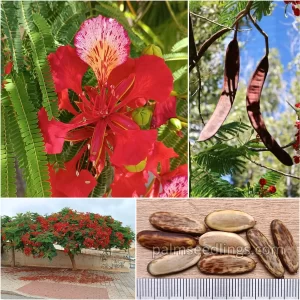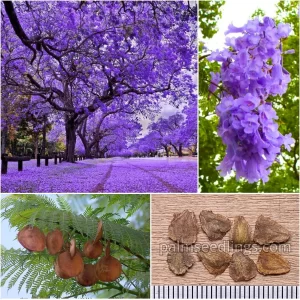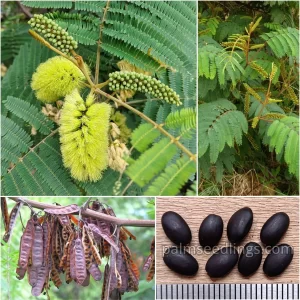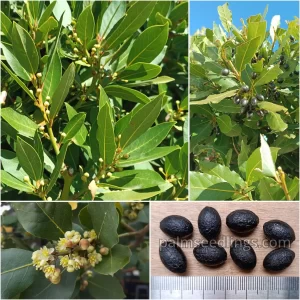Menu
4,00 € – 70,00 €
Product Details
Magnolia grandiflora, commonly known as the Southern Magnolia or Bull Bay, is an iconic evergreen tree celebrated for its large, fragrant flowers, glossy leaves, and stately presence. Native to the southeastern United States, this magnolia species is a popular ornamental tree in gardens and landscapes.
-Germination Time: Slow/Medium
-Germination Difficulty: Medium
-Growth speed: Fast/Medium
Select Quantity
*Shipping cost is calculated automatically in the cart after adding the products.
Click here to learn about how we ship; packaging, shipping price, delivery time and more.
coming soon
| Weight | N/A |
|---|---|
| Quantity | 10 Seeds, 100 Seeds, 1.000 Seeds |




All rights reserved PalmseedlingsⓇ 2025.